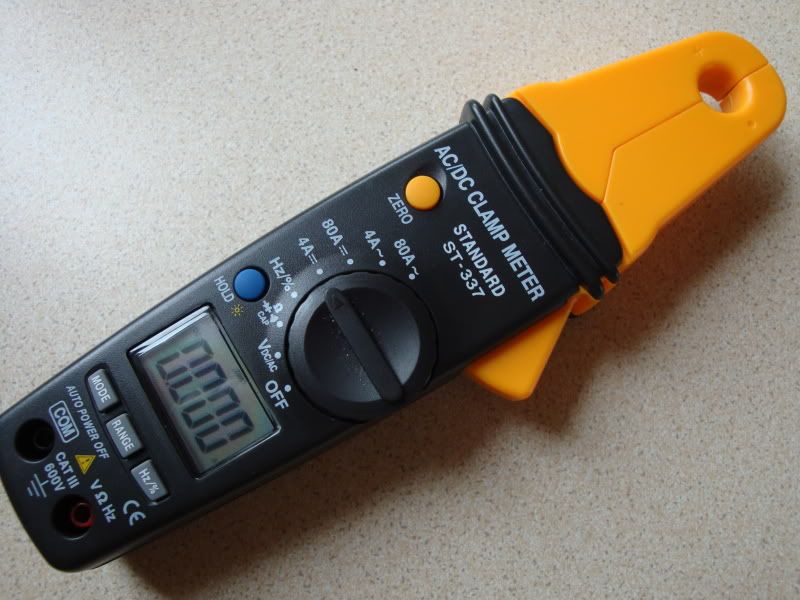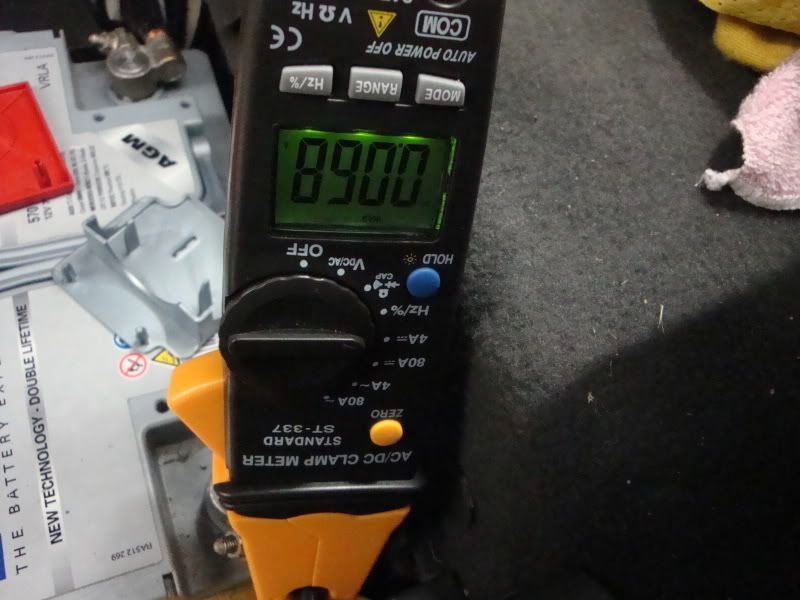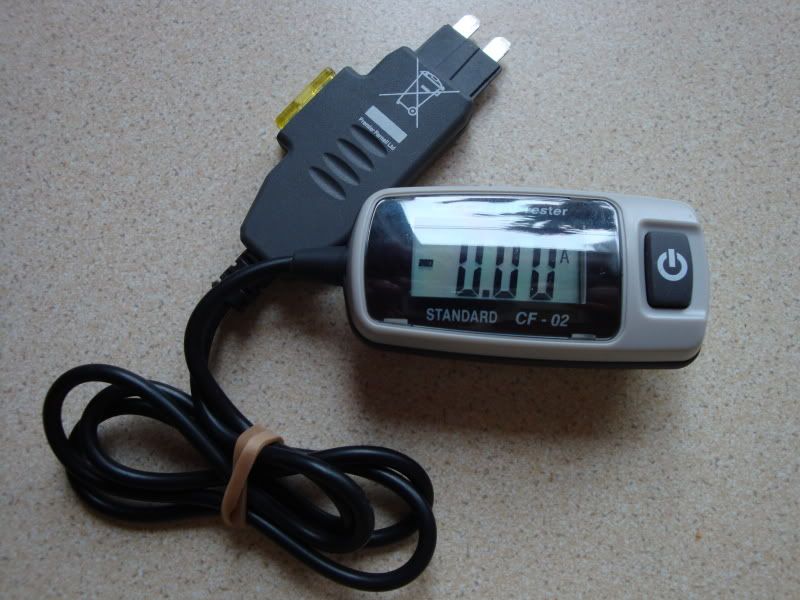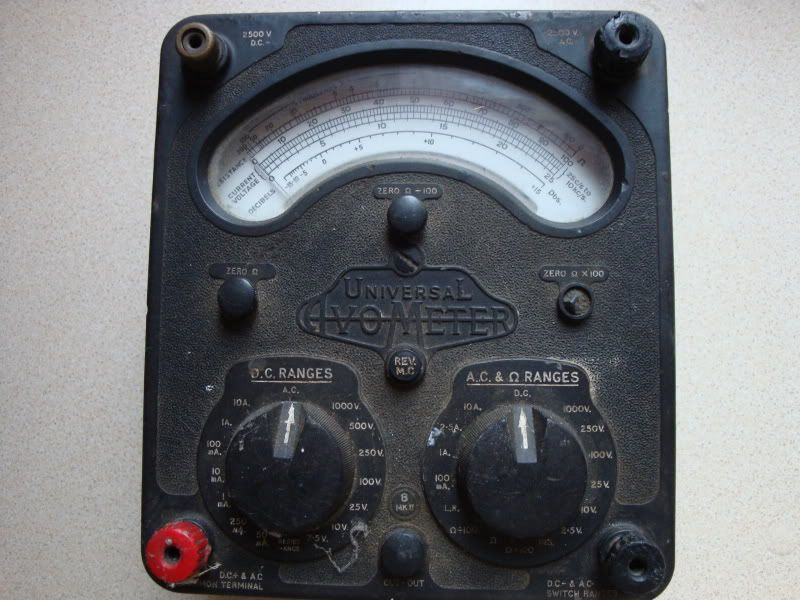television
Always remembered RIP
- Joined
- Mar 14, 2005
- Messages
- 164,073
- Reaction score
- 368
- Age
- 89
- Location
- Daventry
- Your Mercedes
- 2002 SL500, 216 CL500, all fully loaded
Battery drains and how to check. Part 1
Battery drains fall into two groups, depending on when the model was first introduced. All cars consume slightly less current when locked.
Part 2 will cover and describe the instruments required to check and find the faults, also how to use them.
Part 3 will cover common ECU faults
Part 4 will cover wake up systems
Early Cars
The earlier cars like the 124, 129, 140, 201, 202, 208 that use relays do not suffer from these faults, the worst is a leaking diode pack on the alternator or a boot lamp switch so will not be included here.
Normal faults. This includes some later 129, 140, 202, 210 cars often from mid 1997 on
All cars with ECU’s controlling the seats, door windows and central locking. Shorts or leaks in these cases will continue to drain the battery till it is flat
These are the most common ECU’s that can leak and drain the car over several days when the leak starts to draw currents of 150 m/a or more in some cases.
On these cars a drain of under 50m/s is normal.
How to check on these cars will be in part 3
Cars with a wake up system
Car models brought out after 2000 have a wake up system namely the 203, 209, 211, 215, 219, 221, 230 and part of the 220.
On these cars it is possible that they can fail to go to sleep as the CAN B remains active, this will drain the battery in a short period, or to a point where the consumers are turned off when the battery falls below 11.75 volt.
All of the above cars should have a drain of no more than around 50ma, though in some cases it is impossible to get some cars below 65m/a
How to check on these cars will be in Part 4






